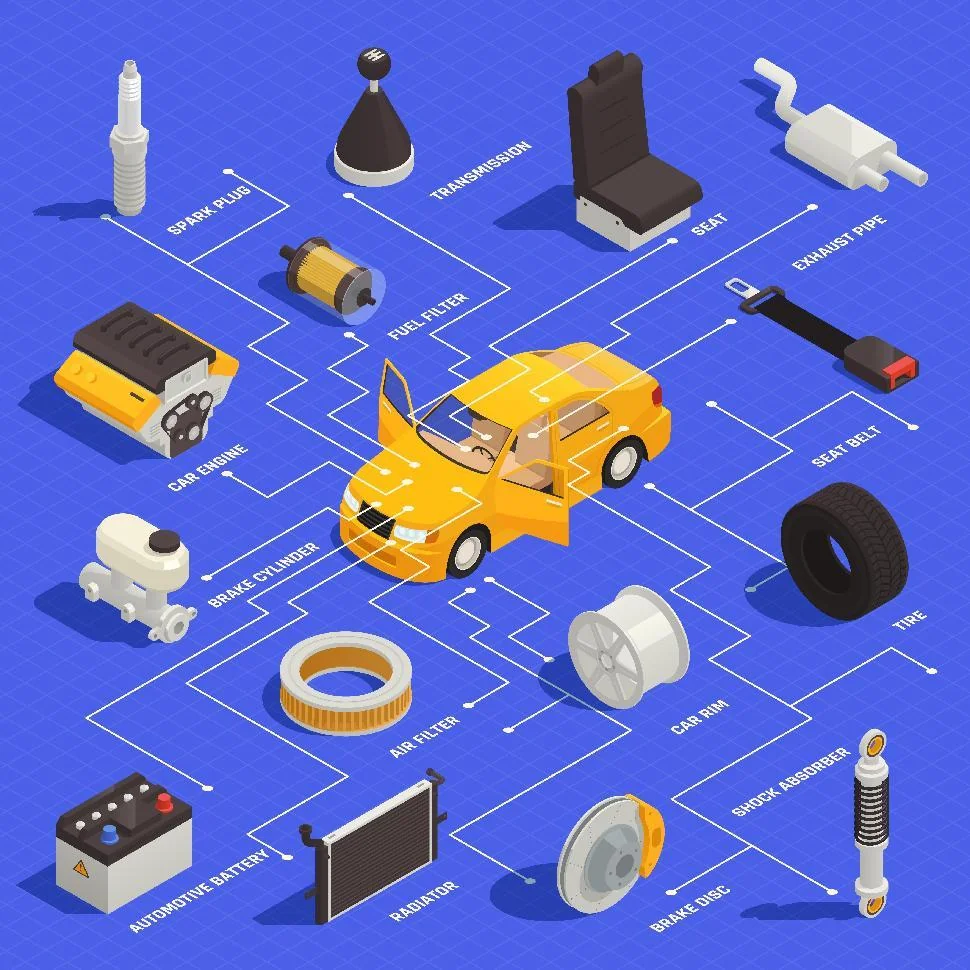One of the most popular manufacturing techniques is CNC machining or what is known as prototype machining in prototyping.
This popular technology is used for creating prototypes in a subtractive process, in a way that works opposite of 3D printing. In this process, the material is gradually removed from the block to form the part.
How do you know whether prototype machining is the right technique for your design? We have the answers here.
Table of Contents
ToggleWhat is Prototype Machining?
To understand what prototype machining is, we need to look into how CNC machining works. The process begins with a 3D digital design using CAD software. It is a computer program that translates a series of instructions to the cutting tool of the CNC machine. This set of instructions are called G-code.
When these G-codes are relayed to the machine, it will automatically work on the block of material and translate the design into a part. It does not need further supervision as the machine does things autonomously.
Pros of Using Prototype Machining
There are many reasons why a company should use machining to produce a prototype including speed, quality, plenty of material options, and likeness to the final part.
It is a digital process
One of the biggest advantages of using CNC machining is its digital element. The process is purely digital with the CAD software sending instructions to the cutting tools to create the prototype. After reviewing this prototype, it is the same digital design that will be used to create the final part. That means it has the same dimensions and is highly repeatable.
This digital design is also easy to alter in case there are modifications needed along the way. The engineers only need to do the modifications on the file for the next prototype.
Prototypes have consistency and quality
We are not saying that computers are perfect but prototypes made through prototype machining shows high fidelity to the design. It is also highly repeatable with the same quality. This is quite a feat, especially when developing iterations of the prototype and when you make the final product using the same machine.
You can choose from a wide range of materials
3D printing may work with parts that do not have a mechanical purpose or do not require strength. It may be less expensive but the material options are limited.
Prototype machining, on the other hand, offers a variety of material options, including those that are extremely strong and durable like metals.
Proximity to the final part
The last advantage of prototype machining is its ability to create parts that have a high resemblance to the final part. This is not possible when you use other prototyping techniques. Thanks to the materials that can be used in prototype machining, engineers can make prototypes using almost the same materials to understand the form and function of the final part.
Cons of Using Prototype Machining
Despite its benefits, prototype machining has certain limitations too. Here are some of them.
More Costly
One of the reasons why some manufacturers are looking for an alternative technique to prototype machining is its cost. Machining workshops need big pieces of machinery that require huge investment. Product developers look for a cheaper prototyping process if the business has to cut on costs during this stage.
Few Geometrical Limitations
Another disadvantage of prototype machining is its geometrical limitations. Although the 4-axis and 5-axis offering of some CNC machines offers flexibility, it is not enough to accommodate elaborate structures.
Amount of Waste Material
Since prototype machining is a subtractive process, it uses more material than what goes into the part. This material is cut away from the block and usually ends up like chips and gone to waste. Thus, using prototype machining will incur a higher material cost.
Conclusion
We have enumerated the pros and cons of using prototype machining for product development. It is a better alternative considering its benefits but you should not disregard its drawbacks too. For more questions about the prototype machining, get in touch with a machining contractor near you.







